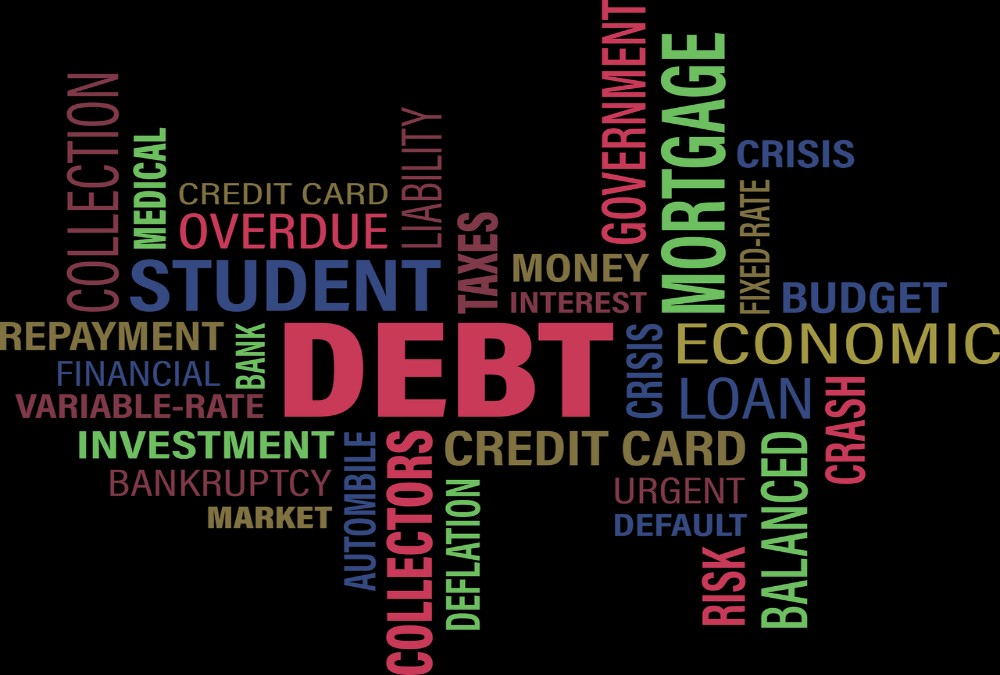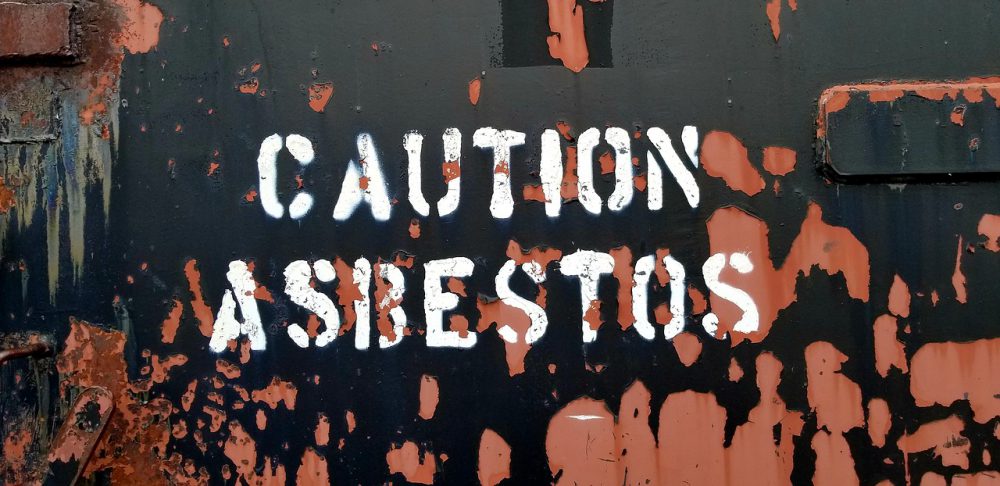The rising student debts are drawing a comparison to the 2008 financial collapse which was caused by sub-prime lending. Many are drawing a comparison between the two, especially the fact that these loans are unsecured.
The rising cost of higher education is pushing many students to take up huge amounts of loans to pay fees. The actual rate of this rise has been more than three times the inflation rate in the last 20 years. This has led to ballooning student debts that now totals $1.5 trillion.
These rising debts have drawn comparisons to the 2008 financial crisis, with similarities observed between the two. The lenders, just like in 2008, are extending credits to students without weighing on the students’ abilities to repay the loans. This is the major concern for many who understand what happened in 2008.
The looming student debt crisis
The 2008 financial crisis was caused by lenders extending the same types of debts to homeowners. This included risky products such as zero-down home loans and payment-option and also adjustable-rate mortgages.
These enabled borrowers having the ability to take up more loans than they could afford. This resulted in a higher demand for housing products than the supply because everyone could ‘afford’ homes. The result was skyrocketing home prices that could not be repaid and borrowers had to go undergo foreclosures.
Jobs were lost, properties were auctioned and businesses that had taken the advantage of easy loans failed. These effects are still fresh in people’s mind till now, and the skyrocketing student loans are surreal to them.
As with the home crisis, Wall Street has been betting on student debt as collateralized loan obligations. The betting on unsecured loans can have an adverse effect on the economy especially considering that 70 percent of students graduating from universities and colleges have a student loan.
It is also worth noting that the average student loans for these graduates are around $37,000. Although they are guaranteed by the federal government, this does not make them any less risky. In case of a collapse, all citizens would have to chip in to settle for these debts. This would result in an economic meltdown.







